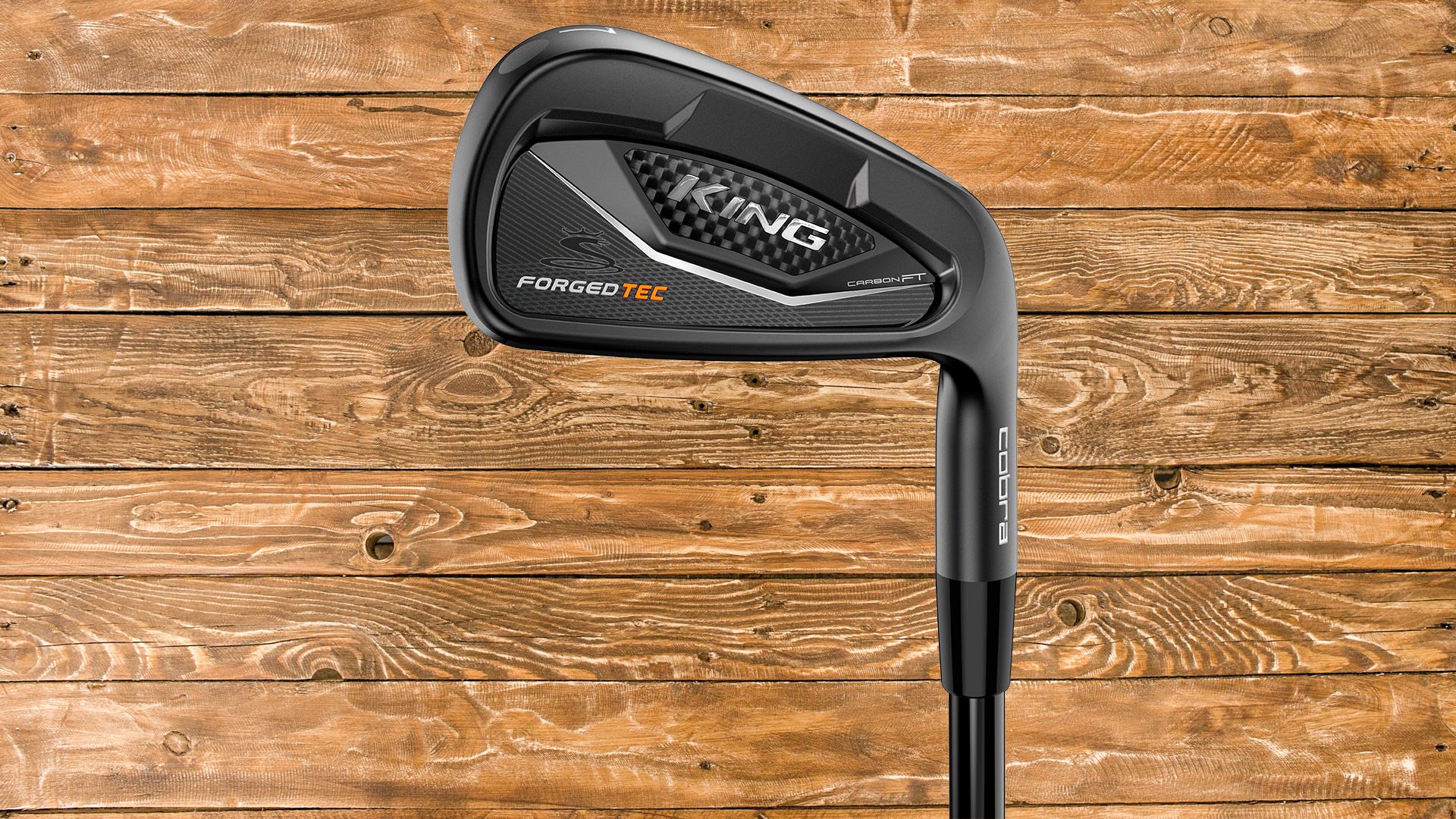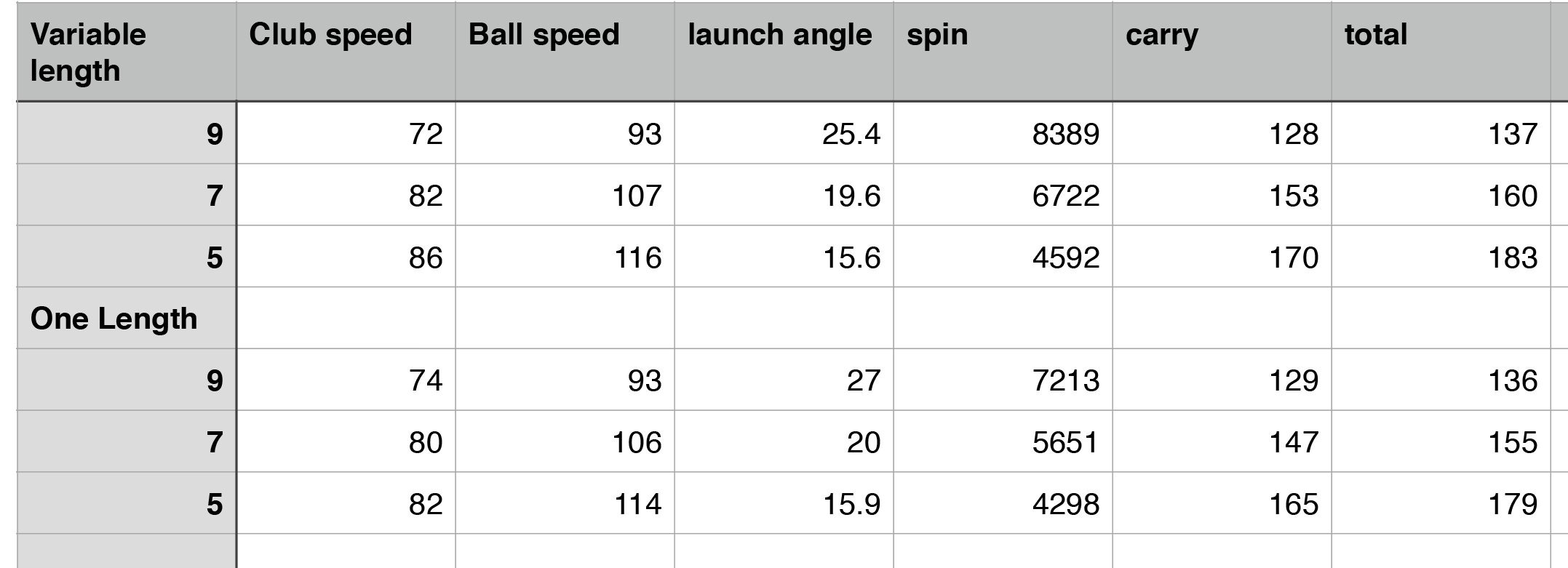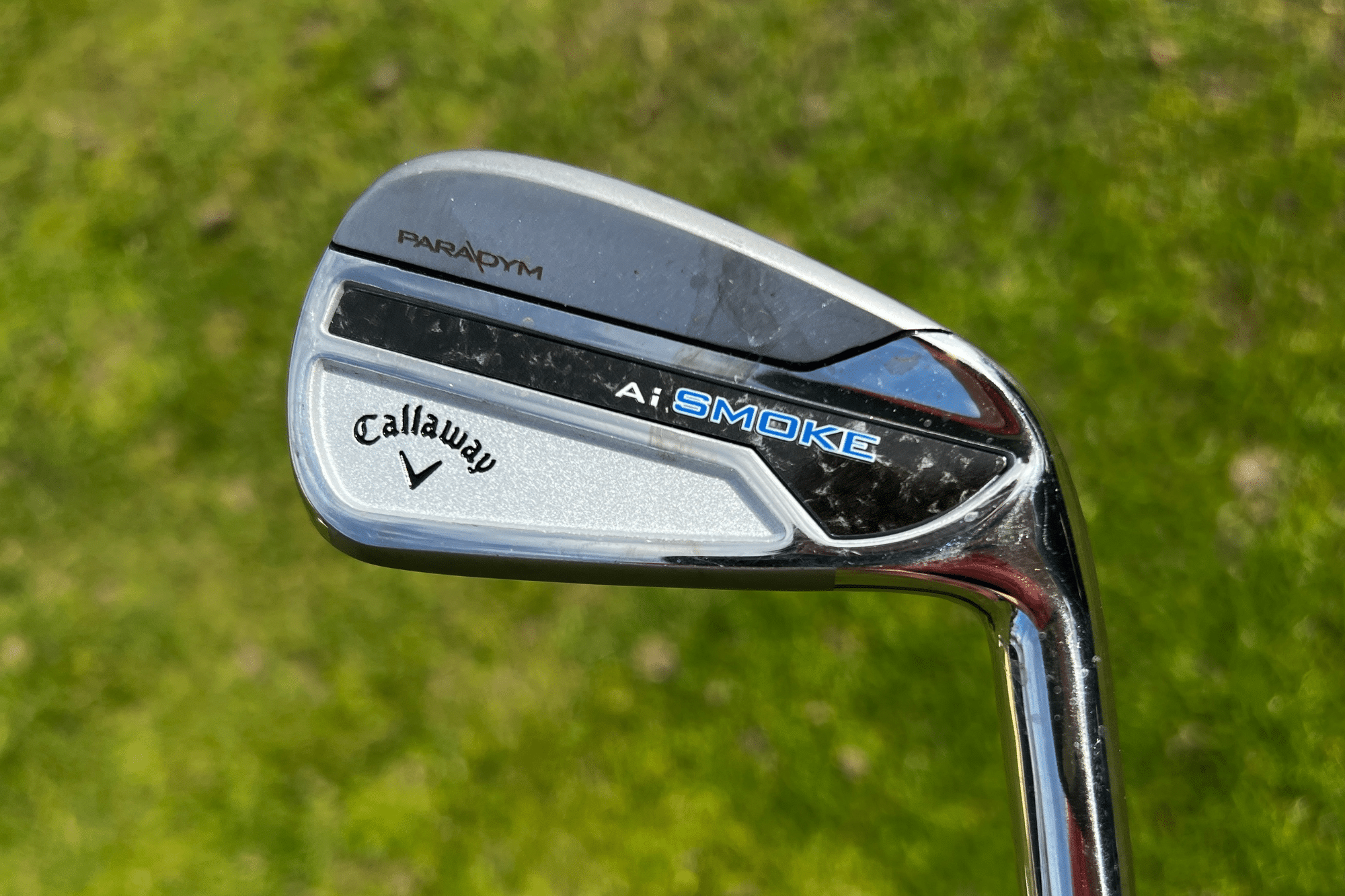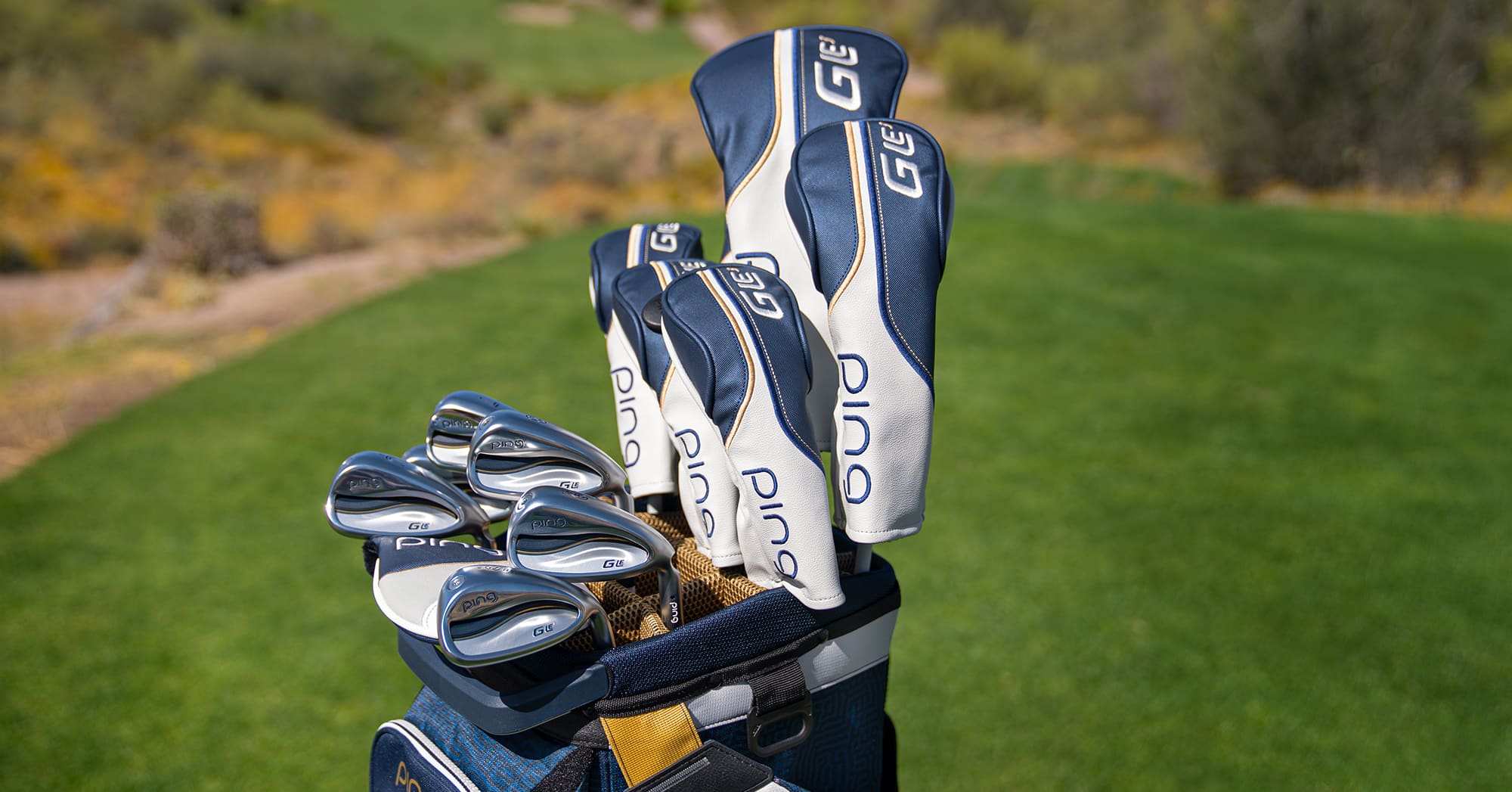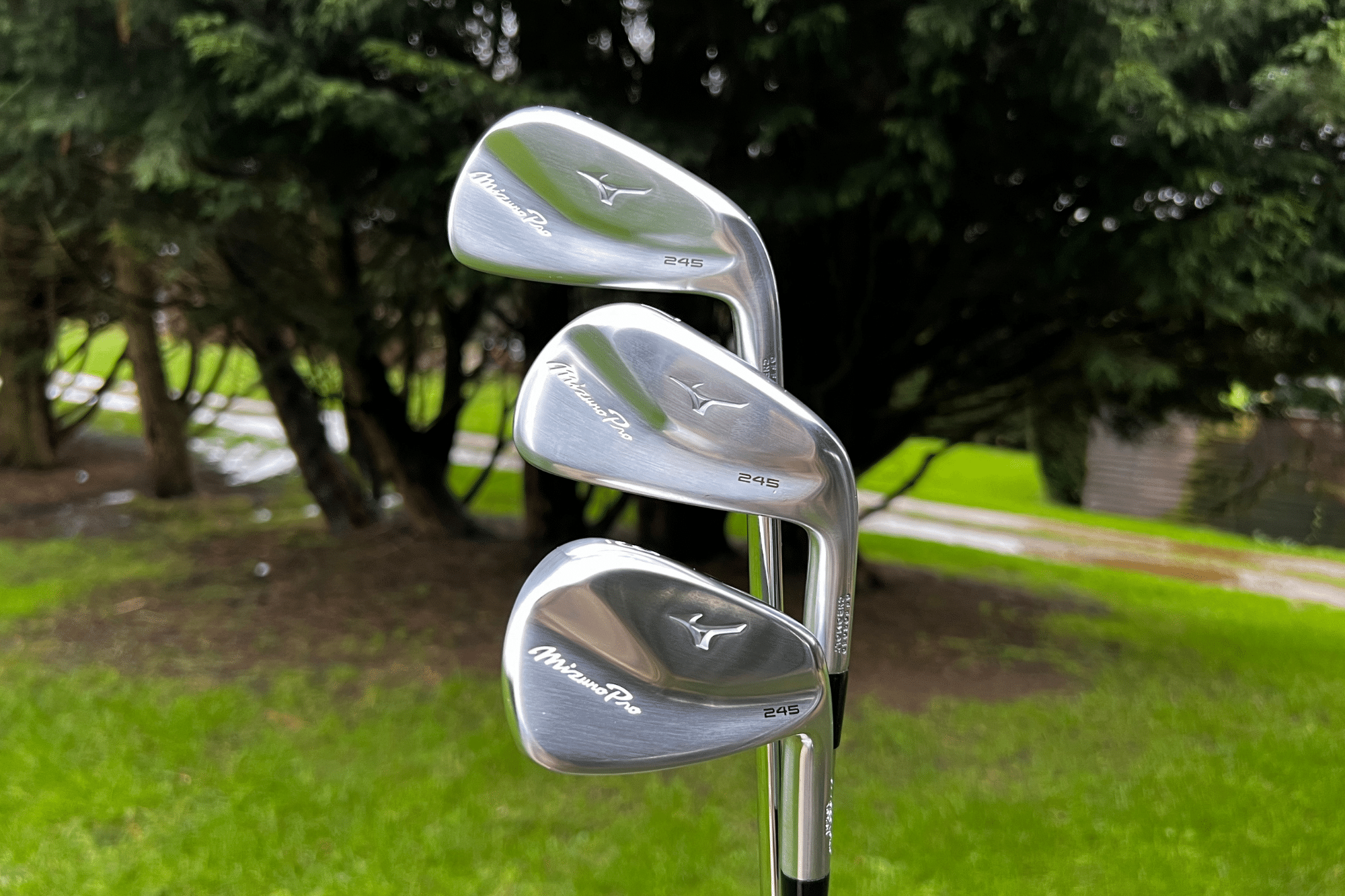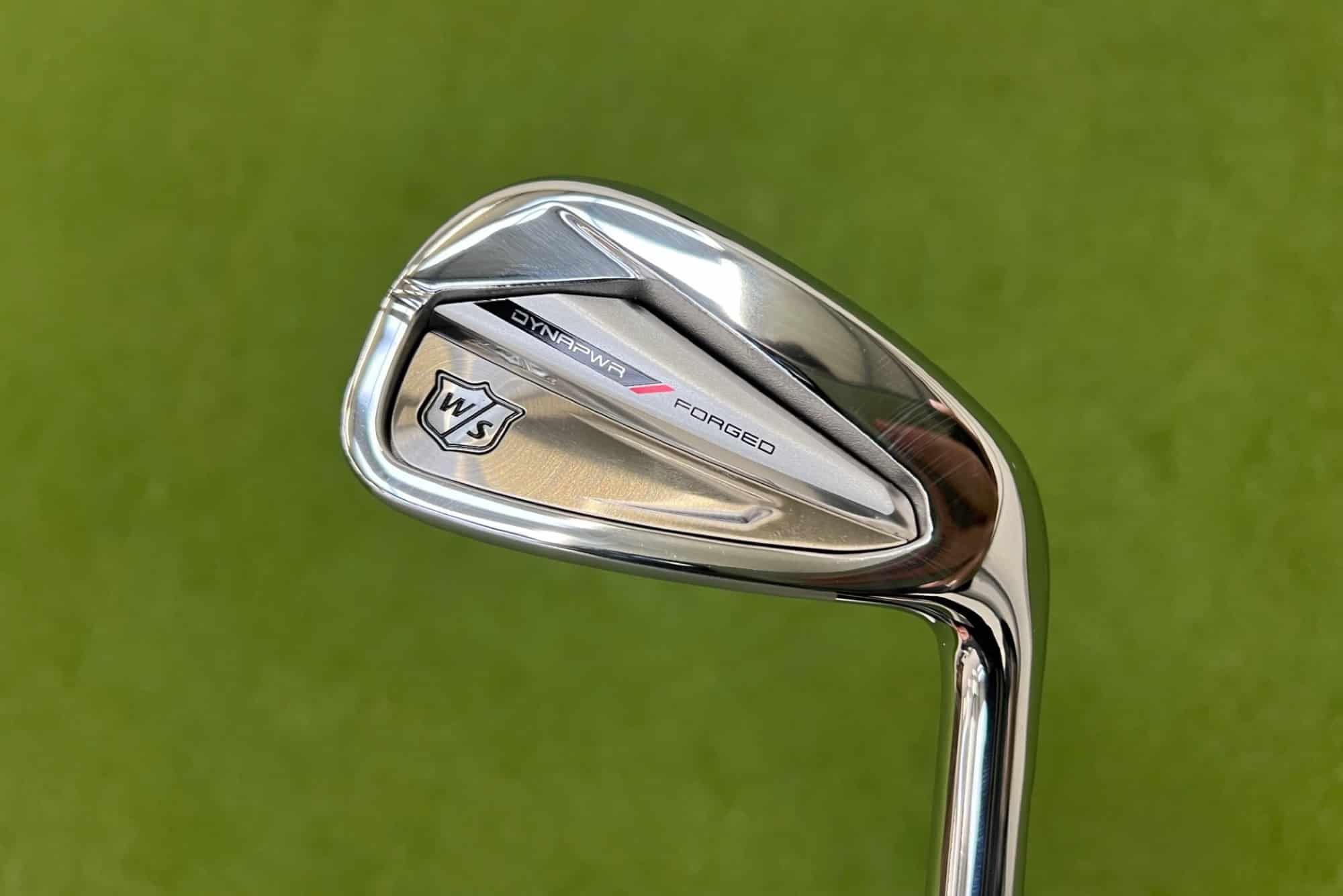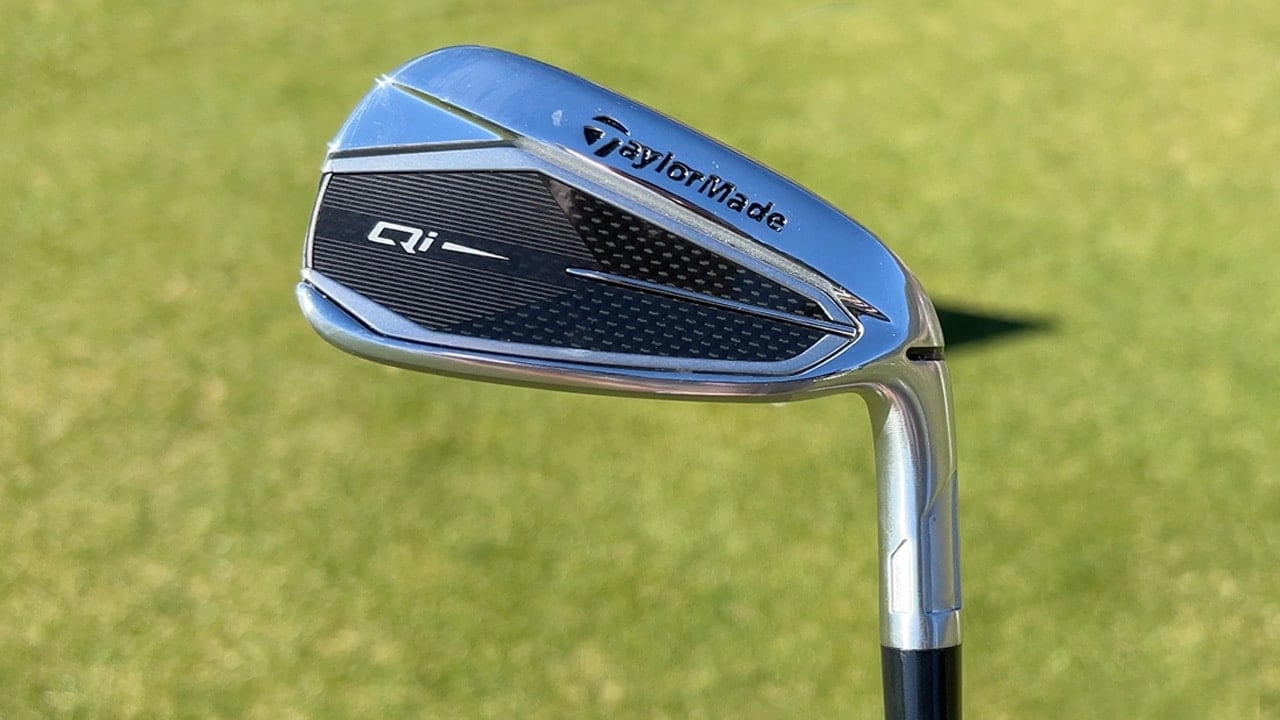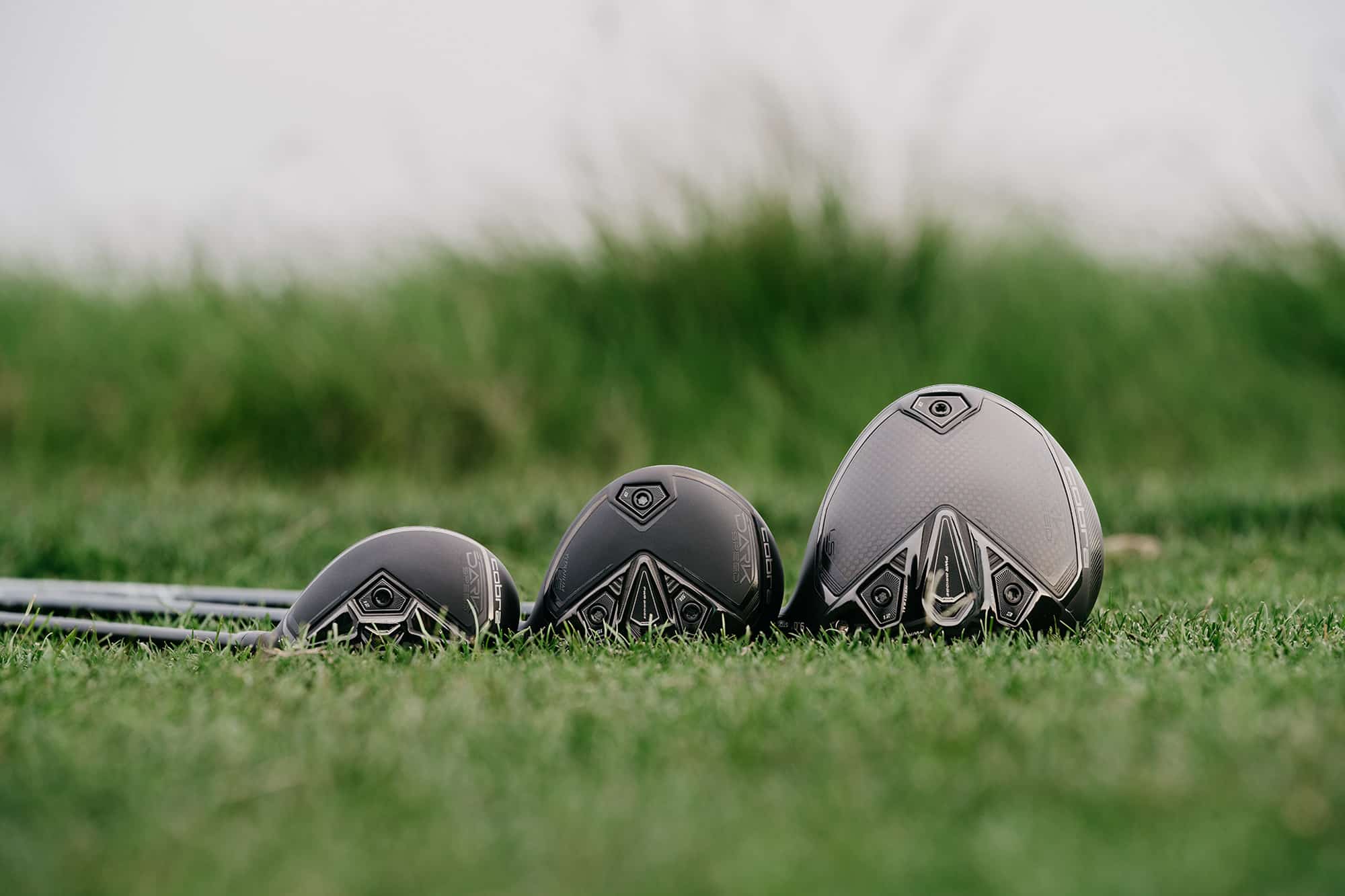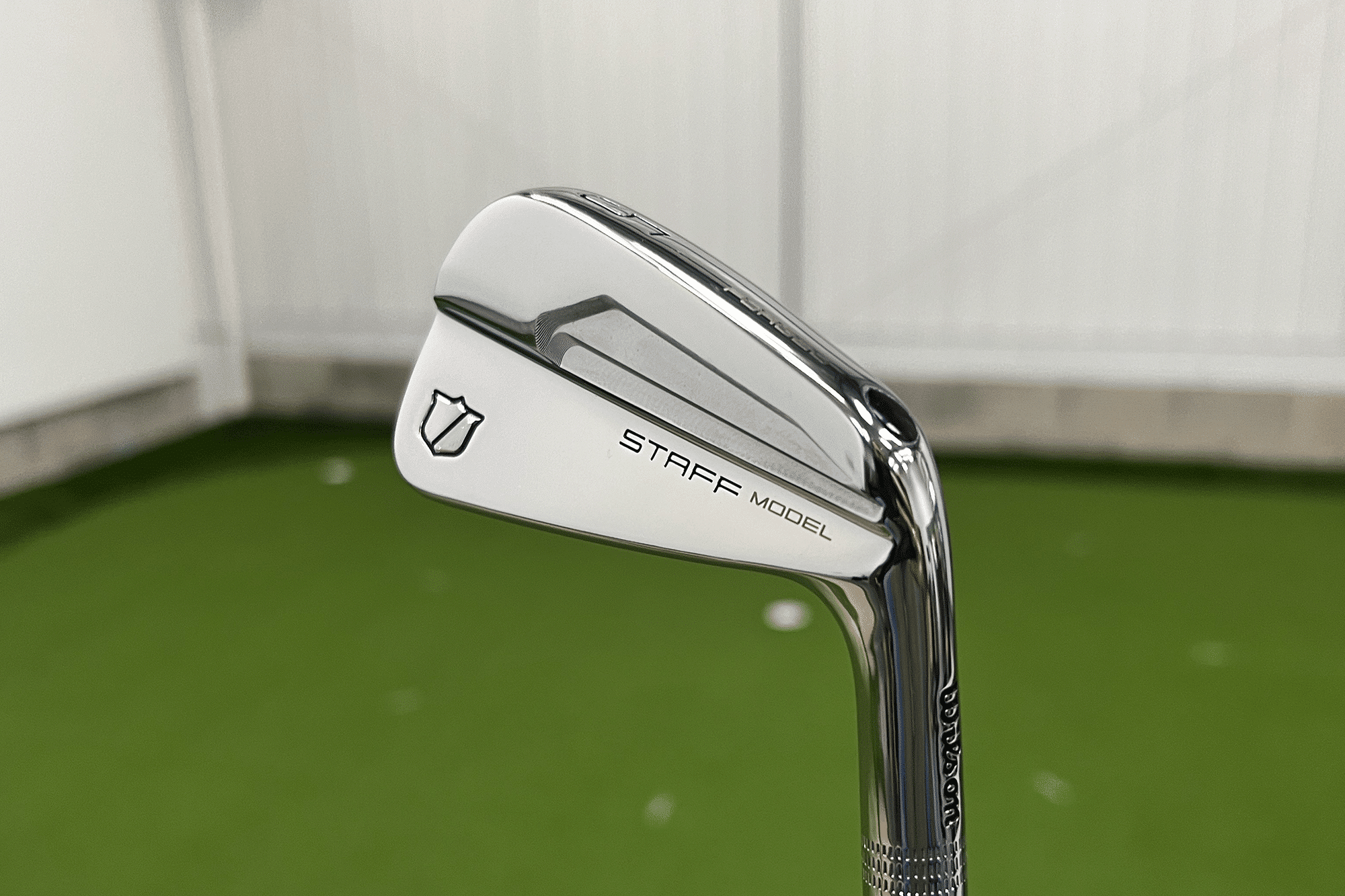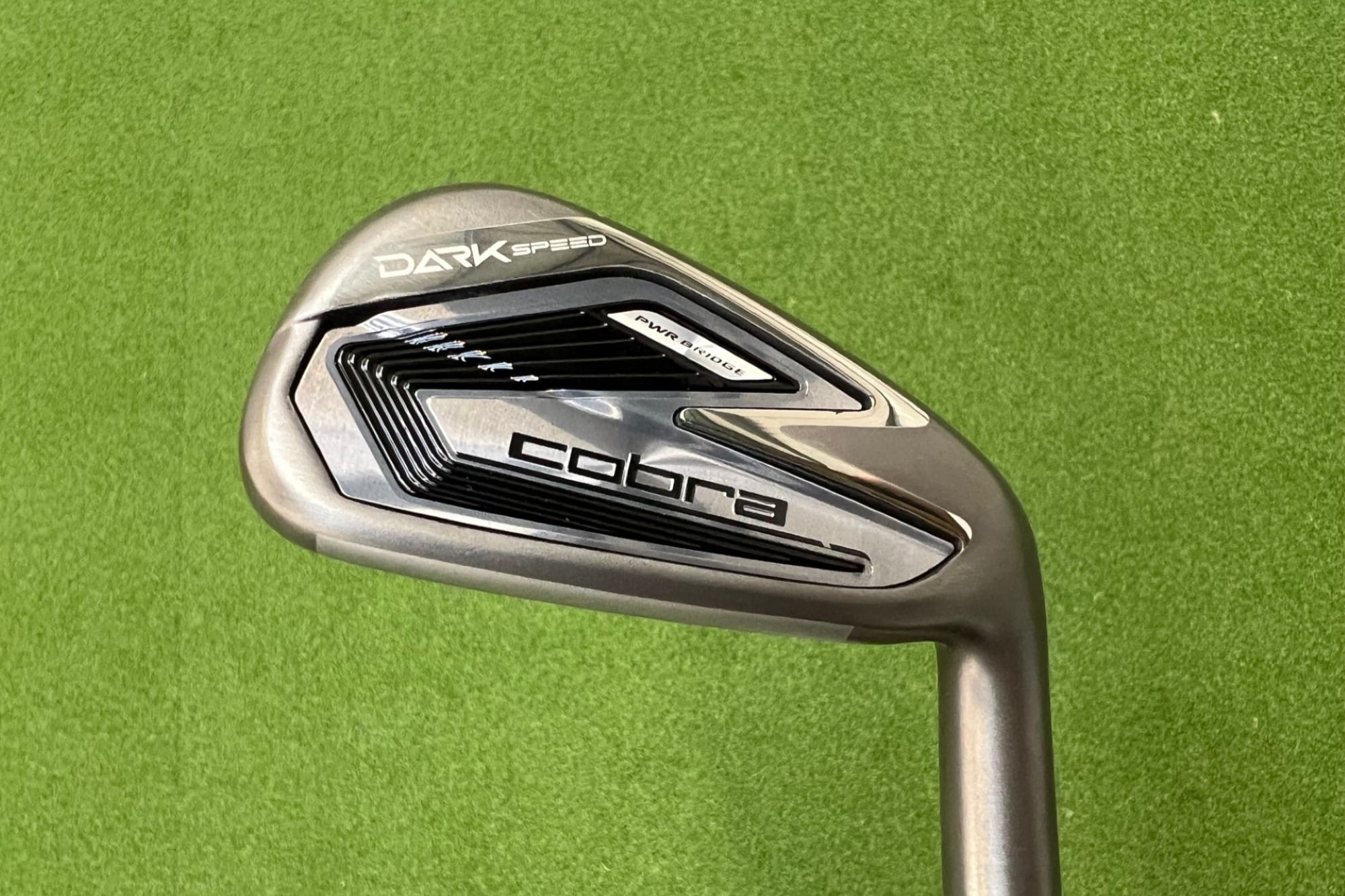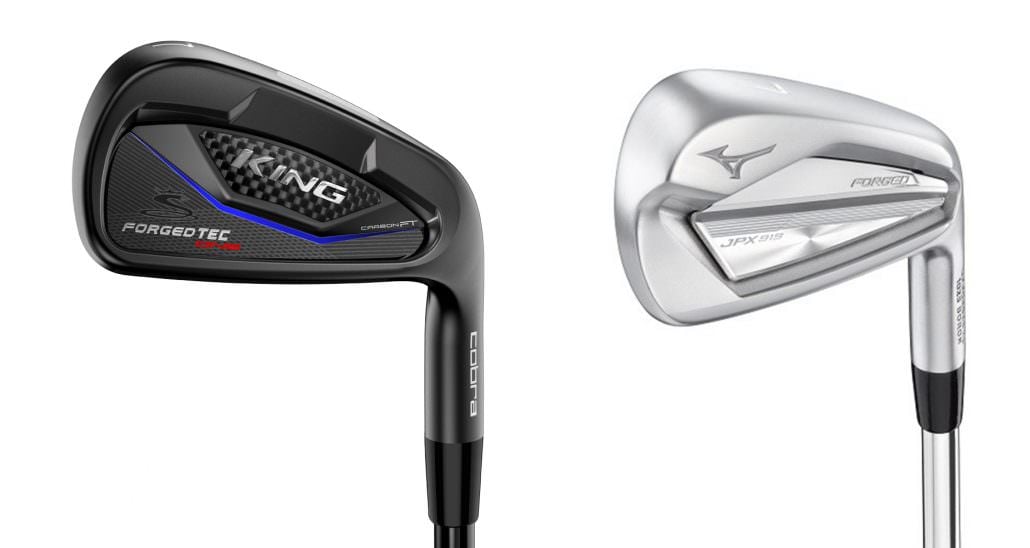
Single length vs. variable length irons: The ultimate test
Single length vs. variable length irons: The results
Let’s take a look at the SkyTrak launch monitor data first.
As I said, this was gathered hitting a 9-, 7- and 5-iron with the Cobra Forged Tec Black One and the Mizuno JPX919 Forged.
This data was gathered during multiple visits to Leeds Golf Centre to try and get a picture of how these irons might perform over a sustained period of time rather than on just one visit the the driving range.
I still always take launch monitor data with a pinch of salt because when I collect data, it bears very little resemblance to actually playing golf out on the course.
You’ve got a perfect lie every time and there’s no pressure of hitting it to a target or bunkers to carry or playing partners looking on.
That’s why on-course testing and using things like Toptracer’s nearest the pin and simulator games all gave me more valuable information.
But you can see the launch monitor numbers below and I will explain them in more detail.
Unfortunately, there is nothing earth shattering about these numbers.
What did surprise me was the swing speed with the single length irons.
With all shafts being the same length, you’d expect to see the swing speeds being a lot closer together.
But I think the combination of the different weights in the shafts and the fact your subconscious tells you to hit a 5-iron harder than a 7-iron accounts for much of that.
There’s hardly anything to split the single length and variable from a ball speed point of view.
Slightly more with the variable length but I suspect that may be due to the Mizuno JPX919 being slightly faster off the face than the Cobra Forged Tec.
Obviously an ideal test would be to compare the same heads in single and variable length. But I was happier to use different heads and the same shaft rather than the other way around.
I did notice the 9-iron in the One Length launched incredibly high. This could be due to having the ball a bit more forward in the stance than where I would have it for a variable length 9-iron.
From a gapping point of view, I noticed a 25-yard gap between the variable 9- and 7-iron and an 18-yard gap between the single length 9- and 7-iron.
A 17-yard gap between the variable 7- and 5-iron and an 18-yard gap between the single length 7 and 5-iron.
One thing that isn’t displayed in the numbers here though is dispersion which is the key element of my conclusion.
So which irons are staying in our equipment editor’s bag for 2019? Find out on the next page…
[skylab_video id=”157728″]Single Length vs. Variable Length Irons: The Ultimate Test[/skylab_video]
James Savage
Former equipment editor of NCG. Inconsistent ball-striker and tea-maker.

